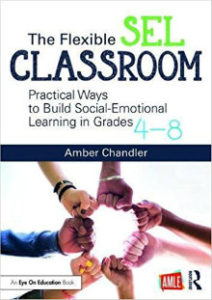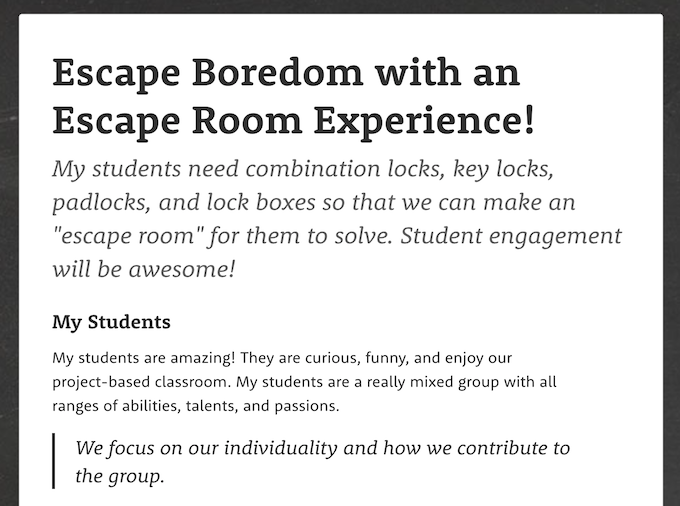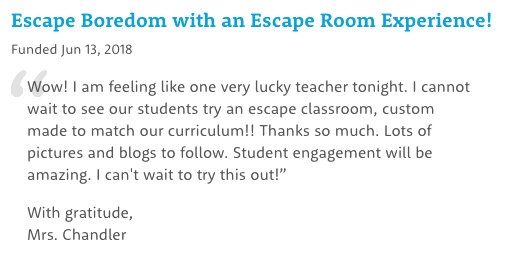Show Me the Money: 4 Tips for Grant Writing
A MiddleWeb Blog
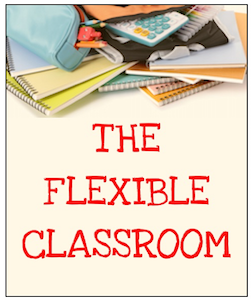
My sarcastic friend was alluding to the fact that I’ve received four grants in the last three years. I say “received” because some people think these opportunities just came to lucky me – and that’s far from the truth.
To “receive” those four grants, I’ve probably written twenty, and that “proposed/received” ratio is actually excellent when it comes to grants! You can read about typical NGO proposal to conversion rates in this blog by Ken Goldstein, a consultant for nonprofits.
I can’t really speak to the research-based facts or national averages for teacher-oriented grants, but I do have four tips for grant writing that have helped me be successful and might help you.
Don’t sell yourself short
As a teacher-author, I’ve had to become self-promotional in order for people to read my blogs and learn about and buy my books. I understand that most teachers have a natural inclination to be humble, and no one wants to seem too braggy about what happens in their classroom. However, if you want corporations and foundations to give you money, you have to nix that sweet demeanor and tell it like it is – even if it makes you seem self-aggrandizing.
What do you excel at doing? What work are you super proud of – but need an extra financial boost to complete?
The first grant I received was from NoVo Foundation for their SEL in Action program. I proposed to make a documentary about how I use technology and personalized learning with my students, supporting them to create websites that showcase their passions. In particular, the students that I wanted to highlight were my kiddos with special needs and/or those whose first language is not English.
Did I know how to make a documentary? Nope. But I knew I had something special going on and just needed a boost. Here’s the documentary I made, and I’m so glad I took the chance.
Go back to the well
The next grant was also a NoVo Foundation SEL in Action grant. When I saw the “call for proposals,” I didn’t think I had a chance, but it had been such a great experience – including traveling to present my documentary – that it was worth the try. This time, I wrote the grant to fund creating flexible seating for my classroom. By far, changing my classroom to fit the needs of my students in this way has been the most important philosophical shift in my career. You can check out my website (see, that’s the self-promotional part), or read more about the journey in my blog.
Flexible seating was just an extension of the classroom philosophy I’d been working on, so when I sold the idea in my grant, my passion was evident and there was good reason to believe the results would be tangible. Social Emotional Learning married perfectly with my flexible concept, and getting the second grant was life changing. You can read about it in this blog on the NoVo Foundation and Education First website.
Speak your truth
Another grant that I “received” is an Educator Grant from Teaching Tolerance. One area of need that I’ve always noticed is for safe spaces for kiddos who don’t quite meld into the mainstream – the “square pegs” who never seem to fit in the round silos of public school. I’ve wanted to provide the physical space for those kiddos, but I’ve also wanted them to find their voice and realize their unique and amazing talents in other safe spaces.
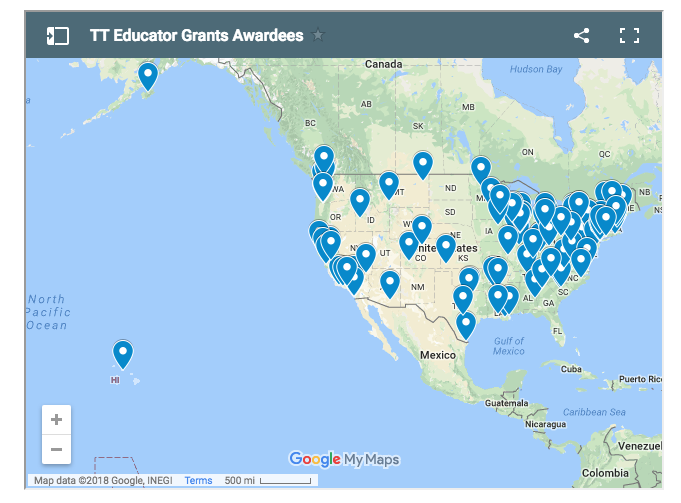
Dream large
Let me circle back to my earlier point about applying for lots of opportunities. A month or so ago, I was scrolling through my email and found a thank you from Teacher2Teacher. I’d commented on a Tweet, and they’d ended up sharing it widely. As a “thank you” they had sent me a code to use towards a Donors Choose project.
It was late, and I was tired, but I knew that I couldn’t let this opportunity fly by me. I knew if I waited I might not follow through, so I created an account and shared my latest idea – an escape classroom that my special education co-teacher and I had been dreaming up after going to an escape room experience ourselves.
It didn’t take too long to put the concept together, and I sent out the social media blasts that are really required to get your family, friends, and the Donors Choose community to fund it.
I’m not going to lie. I felt weird. I didn’t like asking for money, but to do it up right, an escape classroom with lots of padlocks, puzzles, invisible ink and treasure boxes was going to cost nearly $500, and though we all spend money on our classrooms, that amount was out of the question. It took less than two weeks to fund this amazing project! Who donated? Parents of former students, fellow teachers in my district, and a few people who I don’t even know!
Part of grant-getting is “grant-thanking.” We all want to feel rewarded!
We have to be willing to fail and persist
As much as these tips mattered to my success, my conversation with my sarcastic friend got me thinking a little more deeply. What’s really behind my “receiving” grants? The truth is, I’m not afraid to ask for what my students need, and I’m willing to fail more than I succeed to get that help.
I tell my students all the time: take risks, be brave, do your best, and good things will happen. You probably tell your students much the same. We just have to live it ourselves. Go get that grant!
__________________________________________
